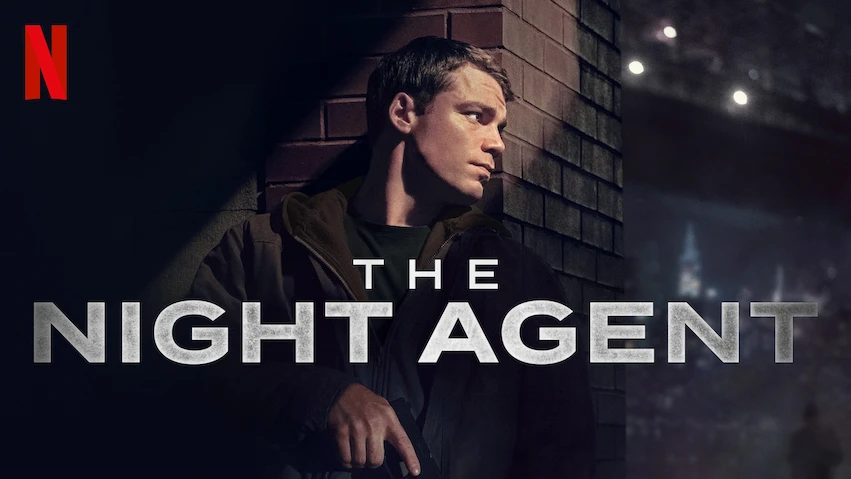Season 5 of Game of Thrones, originally aired in 2015, marks a pivotal shift in tone and storytelling for the acclaimed fantasy epic. As the show began to move beyond George R.R. Martin’s published material, this season presented both dazzling high points and controversial lows. With sprawling storylines, morally complex characters, and haunting consequences, Season 5 is a slow-burning and sometimes divisive chapter in the saga of Wester

As Westeros and Essos descend deeper into chaos, Season 5 focuses on the crumbling power structures that once held the world together. In King’s Landing, Cersei Lannister (Lena Headey) empowers the Faith Militant, a religious force that quickly turns on her. In the North, Jon Snow (Kit Harington) rises to Lord Commander of the Night’s Watch and attempts an uneasy alliance with the Free Folk, which stirs dissent among his own brothers.
Meanwhile, in Winterfell, Sansa Stark (Sophie Turner) is sent into a harrowing marriage with Ramsay Bolton, a plotline that shocked fans and critics alike. Across the Narrow Sea, Daenerys Targaryen (Emilia Clarke) struggles to maintain control of Meereen as insurgents known as the Sons of the Harpy rise in rebellion.
As characters fight for survival and control, Season 5 ends with some of the series’ most unforgettable moments—including a shocking betrayal at the Wall.
1. Political Complexity at its Peak
The season excels in its exploration of power dynamics, especially in King’s Landing. The rise of the Faith Militant and the humiliation of Cersei in “The Walk of Atonement” is one of the show’s most memorable, brutal, and well-acted sequences.
2. Jon Snow’s Arc
Jon Snow’s leadership at the Wall and his moral decision to ally with the Wildlings show real character growth. The “Hardhome” episode, in particular, delivers one of the series' greatest battles, with stunning visuals and a chilling introduction to the Night King’s full power.
3. Strong Performances
Lena Headey gives a career-best performance as Cersei, and Alfie Allen continues to impress as the tortured Theon Greyjoy. The acting remains a major strength across the ensemble cast.
4. World Expansion
We finally see more of Dorne, Braavos, and Meereen, expanding the show’s geopolitical scope. Arya Stark’s journey with the Faceless Men in Braavos adds a strange and mystical new layer to her character.
1. Controversial Writing Decisions
The portrayal of Sansa’s storyline in Winterfell—particularly her abuse at the hands of Ramsay—was widely criticized for being exploitative and unnecessary. Many felt it betrayed the character’s arc and reduced her to a plot device.
2. Pacing Issues
With so many storylines, some plots felt undercooked or rushed—particularly Dorne, which failed to deliver the political intrigue and dramatic weight that fans expected from the source material.
3. Absence of Key Characters
Bran Stark is entirely absent this season, and other fan favorites (like Brienne and Stannis) are given less screen time or questionable development, such as Stannis’s sudden and shocking decision in the finale.
Game of Thrones – Season 5 is ambitious, thematically rich, and often harrowing. While it offers some of the series’ most unforgettable moments—such as the “Hardhome” battle and Cersei’s walk of shame—it also marks a turning point where the cracks begin to show in pacing, tone, and adaptation choices. It’s a season that swings big, sometimes hits hard, and sometimes misfires, but it remains essential viewing in the journey through Westeros.


